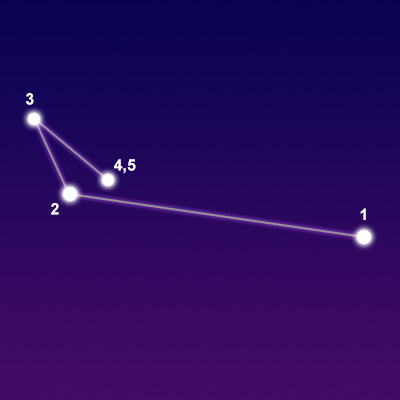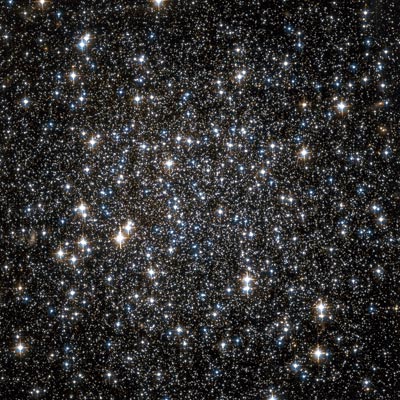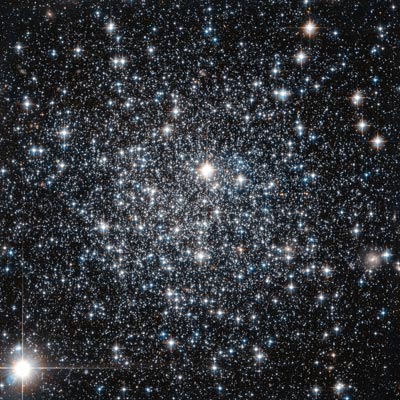Pronunciation:
(AY-pus)Abbreviation:
ApsGenitive:
ApodisRight Ascension:
16 hoursDeclination:
-75 degreesArea in Square Degrees:
206Crosses Meridian:
9 PM, July 10Visible Between Latitudes:
5 and -90 degreesThe constellation Apus, the bird of paradise, is located in the southern hemisphere of the sky. It can be seen in all southern latitudes. In northern latitudes, it is only visible south of 7 degrees. It is a small constellation, covering an area of 206 square degrees. It ranks 67th in size among the 88 constellations in the night sky. It is bordered by Ara, Triangulum Australe and Circinus to the north, Musca and Chamaeleon to the west, Octans to the south, and Pavo to the east.
There are no myths associated with Apus. It is one of 12 constellations named by the Dutch astronomer Petrus Plancius to fill in the blanks in the southern sky. Plancius originally called the constellation Paradysvogel Apis Indica. Paradysvogel means “the bird of paradise” in Dutch. It was later included in Johann Bayer’s star atlas in 1603 where it was called Apus Indica. It represented the bird of paradise also known at the time as Apus Indica, which means "Bird of India". The name Apus may have also come from the Greek word Apous, which means "without feet". This is because the beautiful Bird of India often had its unsightly legs removed before being offered as a gift to the Europeans. The name eventually shortened to Apus, and some of the stars were removed to form the constellation Musca, the fly.

points of interest below © Sea and Sky

© Torsten Bronger CC BY-SA 3.0
2
3
4
5
Gamma Apodis
Beta Apodis
Delta-1 Apodis
Delta-2 Apodis
N/A
N/A
N/A
N/A
Yellow Giant Star
Orange Giant Star
Red Giant Star
Orange Giant Star
3.86
4.20
4.76
5.27
Apus is a relatively dim and uninteresting constellation. It only has two stars brighter than magnitude 4. Alpha Apodis is the brightest with a visual magnitude of 3.83. It is an orange giant star located about 410 light years from earth. Gamma Apodis is the second brightest star with a magnitude of 3.86. It is a yellow giant star that lies approximately 160 light years away. The third brightest star is Beta Apodis with a magnitude of 4.20. It is an orange giant star located some 158 from our solar system.
Apus contains no Messier objects but does contain a few notable deep-sky objects. NGC 6101 is a small globular star cluster containing thousands of individual stars. It is located over 49,000 light years from Earth. IC 4499 is another small globular cluster. A few dim galaxies can also be found here, but these objects can only be seen with very large telescopes.

Hubble Space Telescope

© ESA/Hubble & NASA / CC BY 3.0



